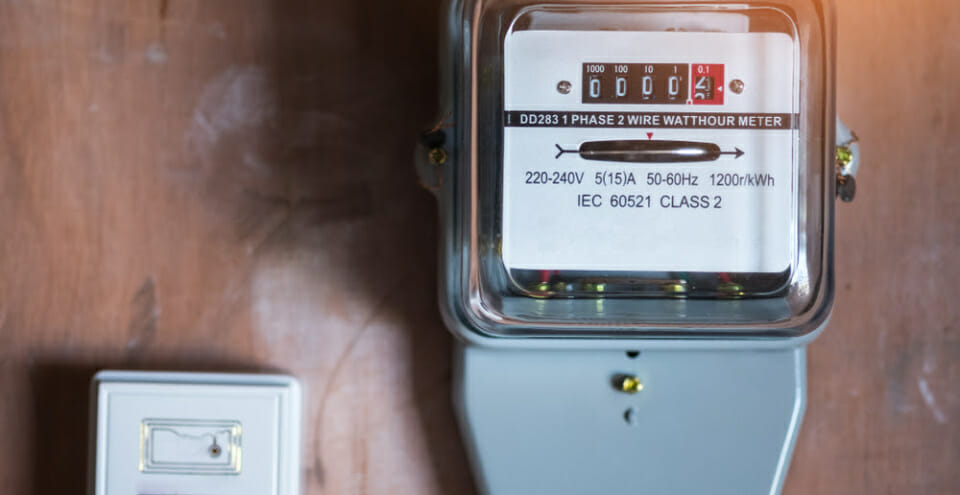
Staying on top of meter readings can be tricky, but doing it regularly can save you money and ensure you’re only ever charged for the energy you use.
We know from our own time at uni that regularly taking meter readings can be difficult amidst a hectic student lifestyle, but providing regular accurate readings ensures we only ever charge you and your housemates for the amount you’re actually using. Doing so also speeds up the process if we need to send you a refund for using less energy than we predicted or if we need to return your deposit when you move house and close your account.
Be sure to submit regular meter readings, every 2 to 3 months via your online portal will be fine. If we don’t receive meter readings from you, we may have to close down your account using estimates, which aren’t as accurate.
Gas and electricity meters come in all sorts of weird and wonderful formats and reading them (especially the older fashioned ones) can often feel like trying to decipher the Da Vinci code… in Latin.
Fortunately, over the years, we’ve come across nearly every kind of meter under the sun and we thought we’d try to make your lives a little simpler by breaking these down into categories with easy-to-follow instructions.
For all types of gas and electricity meter the most important information to record is:
- The date on which you took the reading
- The actual meter reading
Reading your gas meter
Digital meter
For digital gas meters, write down the numbers shown from left to right, ignoring the number(s) after the decimal point which may be shown in red.
Dial meter
- Each dial turns in the opposite direction to the one before it, so check which way each turns.
- Read the four dials from left to right along the bottom row only – ignore any others.
- If the pointer is between two numbers, give the lower number. If the pointer is exactly over a number, please record this number. If the pointer is between 9 and 0, write down 9.
- The above meter should read: 5964
Reading your electricity meter
Standard meter
As with the digital gas meter above, write down the five numbers shown from left to right, ignoring anything after a decimal point. The reading in the image above is 07220.
Two rate standard meter
If you get lower-price, off-peak electricity, your meter may have two rows of numbers.
The top row (marked ‘LOW’ or ‘NIGHT’) shows how many units of off-peak electricity you have used. (this is rate 2)
The bottom row (marked ‘NORMAL’ or ‘DAY’) shows how many units of peak electricity you have used. (this is rate 1)
For both top and bottom rows, write down the six numbers shown left to right, ignoring the last number(s) which may be shown in red.
Digital meter
Write down the five numbers displayed on screen from left to right, ignoring anything after a decimal point.
Dial meter
- Each dial turns in the opposite direction from the one before it, so check the way each turns.
- Read the first five dials from left to right, ignoring the dial marked 1/10.
- If the pointer is between two numbers, give the lower number. If the pointer is exactly over a number, please record this number. If the pointer is between 9 and 0, write down 9.
- The above meter reads: 27591
Final tips
If you ever have trouble finding your meters, or your type of meter isn’t listed above, contact your landlord or letting agent who will be able to help you. To make things easier, when submitting your reading to Glide you can also simply take a photo of the meter and send it through to us via email to glide@glide.co.uk.







